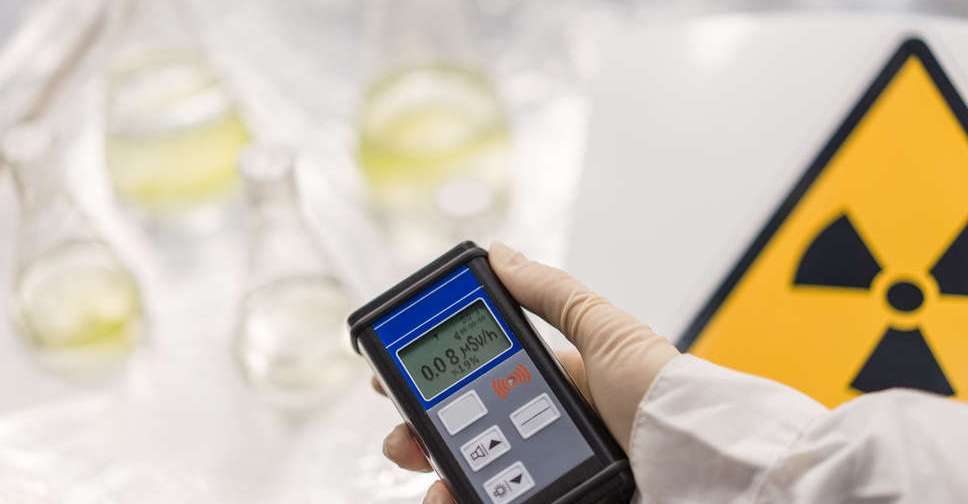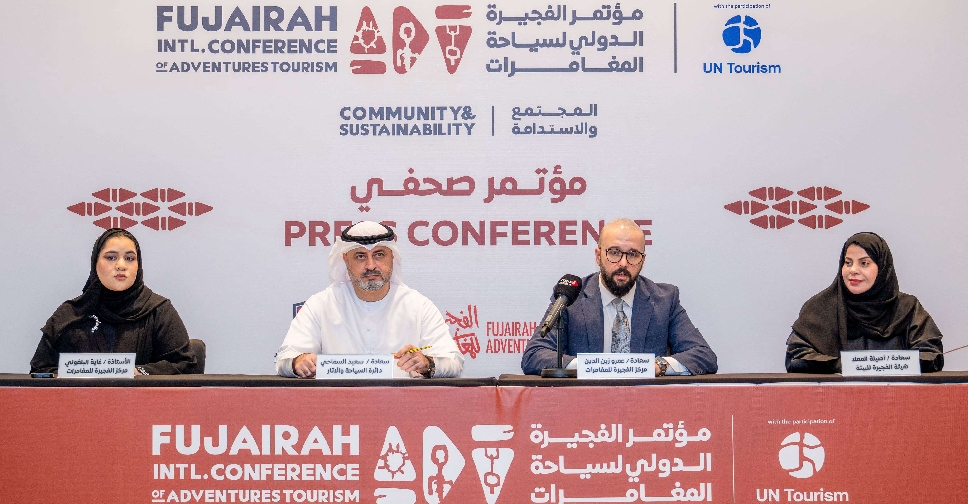
The International Atomic Energy Agency (IAEA) has lauded the UAE's efforts in limiting exposure to radiation in workplaces.
The agency recently concluded a week-long follow-up review of the country's radiation protection arrangements.
It said the UAE has made significant improvements in strengthening its occupational radiation protection infrastructure, and complying with international standards.
The IAEA's experts visited the Barakah Nuclear Power Plant, the UAE Space Agency, the Federal Authority for Nuclear Regulation (FANR) and various medical facilities.
At the UAE Government’s request, the IAEA assembled an Extended Occupational Radiation Protection Appraisal Service (ORPAS) Follow-up Mission, comprising seven international reviewers and an IAEA Coordinator to review the progress made in the UAE based on the ORPAS’s 2015 recommendations and suggestions.
"The UAE stakeholders demonstrated their commitment to openness and transparency by participating in the review. We fully intend to continue honouring this commitment and to invite the IAEA to conduct a follow-up mission to check up on our progress,” said Raoul Awad, Deputy Director-General of Operations of FANR.
The IAEA team identified several strengths in the UAE’s Occupational Radiation Protection arrangements, including demonstrating a strong commitment to enhancing plans related to occupational radiation protection arrangements; appropriate and effective implementation of the national framework for the radiation protection of workers.
The mission also underscored that the Barakah Nuclear Power Plant developed and implemented a radiation protection programme that fully complies with national regulations and relevant IAEA safety standards.
IAEA’s ORPAS missions provide independent reviews of legislation, regulation, and practical implementation of requirements at facilities and technical service providers regarding occupational radiation protection.
They are intended for organisations that utilise radiation in facilities or activities, technical service providers, and regulatory bodies.





 Dubai crowns champions in prompt engineering
Dubai crowns champions in prompt engineering
 H.H. Sheikh Mohammed approves major public health reforms in Dubai
H.H. Sheikh Mohammed approves major public health reforms in Dubai
 Trump to strengthen ties with UAE during May's three-country tour
Trump to strengthen ties with UAE during May's three-country tour
 Adventure tourism takes centre stage in Fujairah
Adventure tourism takes centre stage in Fujairah


